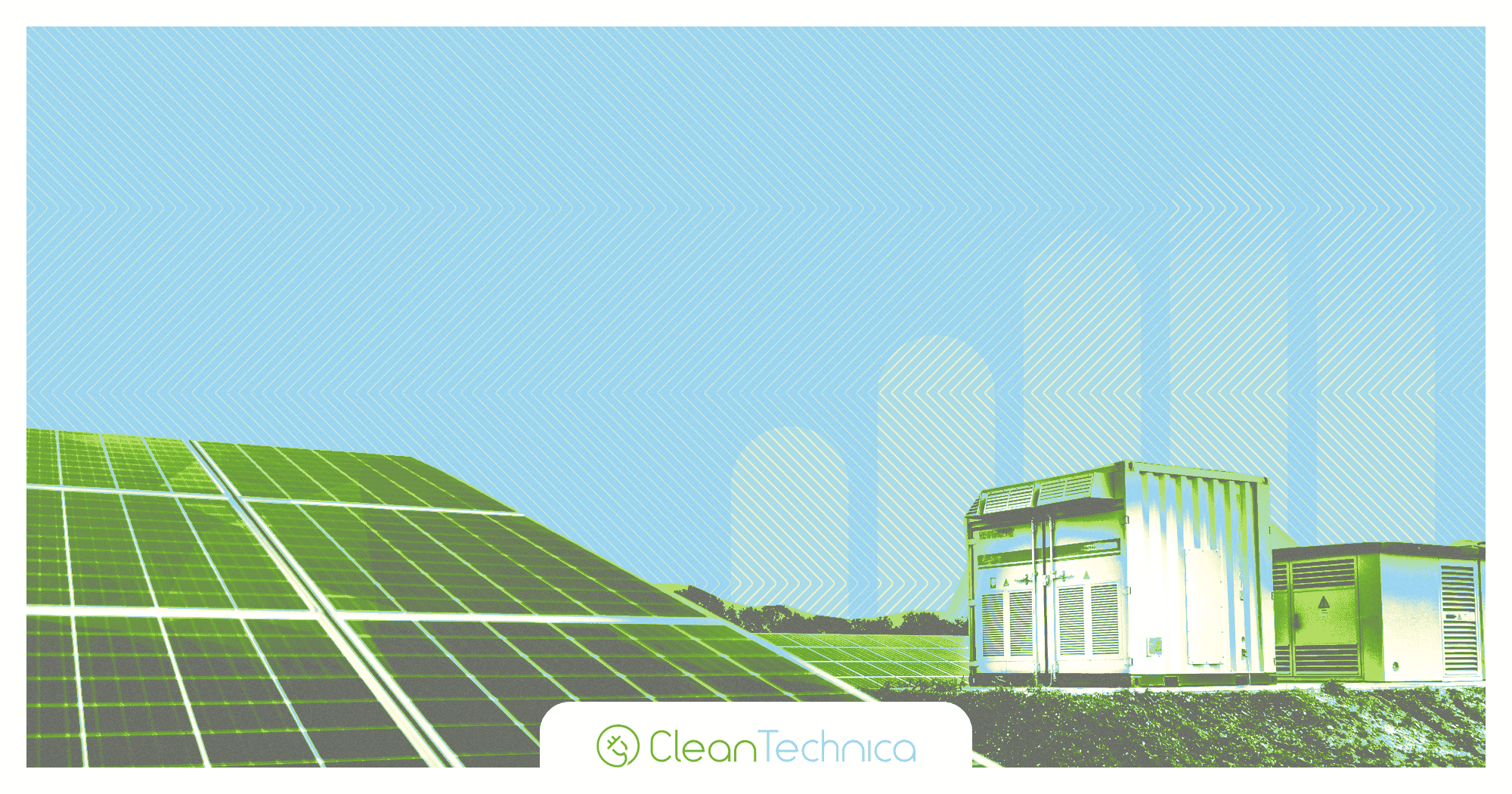Sign up for CleanTechnica’s Weekly Substack for Zach and Scott’s in-depth analyses and high level summaries, sign up for our daily newsletter, and/or follow us on Google News!
Last Updated on: 22nd April 2025, 04:57 am
I was catching up on reader comments from the past several days earlier today, and as it goes, a few comments jumped out at me as interesting comments that could stand alone as individual articles — or at least inspire more. The comment below, graphs included, comes from Amos Batto. —Zach
By Amos Batto
I downloaded the EMBER data to analyze it.
Global new electricity generation in 2024------------------------------------------------Source. . . . . .|Avg TWh|2024 TWh| % of total------------------------------------------------Solar . . . . . .| 181.68|_ 473.75| 40.62%Wind. . . . . . .| 169.38|_ 185.12| 15.87%Hydro . . . . . .|_ 56.95|_ 182.96| 15.69%Bioenergy . . . .|_ 27.23|__ 19.95| 1.71%Other renewables |__ 2.22|__ -0.16| -0.01%Total renewables | 437.46|_ 861.62| 73.88%Nuclear . . . . .|_ 28.74|__ 65.64| 5.63%Coal. . . . . . .| 105.67|_ 134.44| 11.53%Gas . . . . . . .| 158.00|_ 111.38| 9.55%Other fossil. . .| -30.74|__ -6.91| -0.59%Total fossil. . .| 232.94|_ 238.91| 20.49%Total . . . . . .| 699.14| 1166.17| 100.00%------------------------------------------------*Avg TWh is the average from 2014 to 2024.

2024 was a stellar year for renewable energy in general, but not all renewables are doing well. Solar is exploding worldwide, but wind is not doing nearly as well. Wind should be growing like solar, but that is only happening in China. The Western wind industry (Vestas, Siemens Energy, GE, Nordex and Enercon) are not investing in new turbine development like they should be, so Western wind turbines aren’t growing in size like the Chinese models. Aside from Vestas, the Western wind industry isn’t developing semi-direct drives, which are necessary to lower the upfront costs of offshore turbines and improve the reliability of on-shore turbines, so they can keep growing in size, like is happening in China.
Bioenergy, geothermal, tidal energy and concentrated solar have not grown as many were predicting a decade ago. Bioenergy has not made the switch to non-food crops, so it will continue to only play a minor role, since it is still competing with food for humans. Geothermal’s costs have not come down, although we might see it deployed in new areas with new fracking techniques. 2024 was an anomalously high year for hydro, but there aren’t that many rivers left that can be dammed in temperate zones, and most of the rivers in tropical zones shouldn’t be dammed, because they have high methane emissions from rotting vegetation if they use a conventional design. If they use run-of-river designs (like Brazil’s Belo Monte Dam), they can reduce their methane emissions, but their generation is only high during the rainy season.
At this point, we are basically pinning most of our hopes on solar, which is highly variable and will require massive amounts of battery storage and a lot of investment in smart grids to vary demand to meet supply. My hope is that the Chinese wind companies will expand abroad to install their wind turbines all over the world, but it looks like most of the developed world will keep out the Chinese companies, which means that we probably won’t have the growth in wind that we need. I can only hope that Latin America, Africa and most of Asia won’t follow the American example and try to keep out Chinese tech, because that would massively delay the energy transition.
Finally, fossil fuels are still growing and 2024 was an average year in terms of new coal and gas generation. Coal generation actually grew more than gas generation in 2024, which is a bad sign. EMBER hasn’t yet reported its global capacity numbers for 2024, so I don’t know if the increase in coal is due to new capacity or just more generation with existing plants, but the entire world is not transitioning away from fossil fuels. Europe has stopped investing in new coal and gas, but that isn’t the case with the rest of the world. Diesel generators continue shut down and many of them are being replaced with solar and batteries in remote areas.
As always, I say we are doing much better than I thought we would 10 years ago, but we should be doing much better than we are if we want to reach net zero in the power sector by 2050.

Whether you have solar power or not, please complete our latest solar power survey.

Have a tip for CleanTechnica? Want to advertise? Want to suggest a guest for our CleanTech Talk podcast? Contact us here.
Sign up for our daily newsletter for 15 new cleantech stories a day. Or sign up for our weekly one if daily is too frequent.
CleanTechnica uses affiliate links. See our policy here.
CleanTechnica’s Comment Policy

